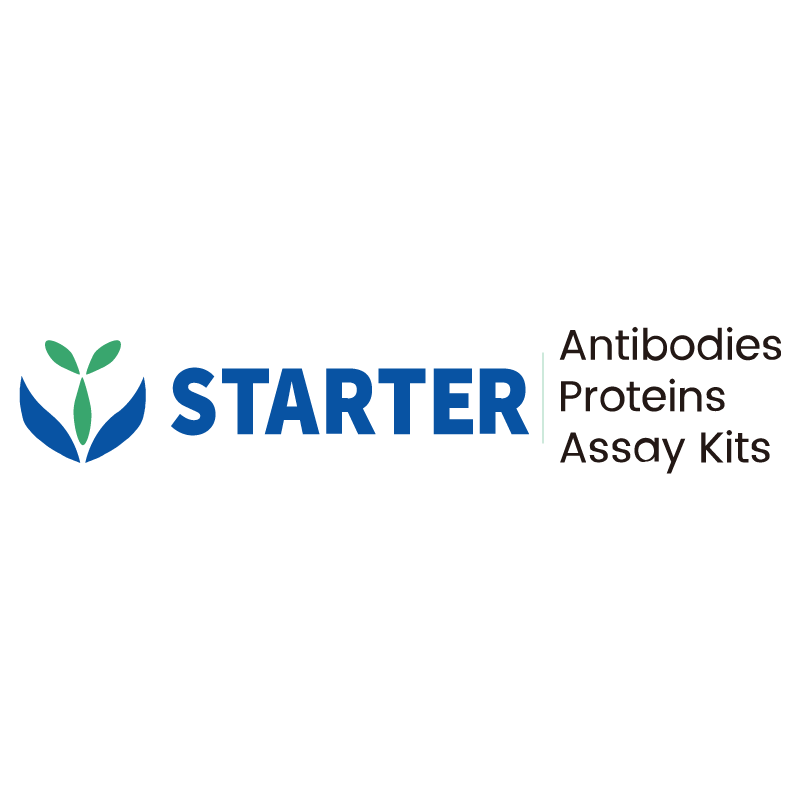WB result of ROS1 Recombinant Rabbit mAb
Primary antibody: ROS1 Recombinant Rabbit mAb at 1/1000 dilution
Lane 1: HeLa whole cell lysate 20 µg
Lane 2: HCC78 whole cell lysate 20 µg
Negative control: HeLa whole cell lysate
Secondary antibody: Goat Anti-rabbit IgG, (H+L), HRP conjugated at 1/10000 dilution
Predicted MW: 264 kDa
Observed MW: 60-90 kDa
Product Details
Product Details
Product Specification
| Host | Rabbit |
| Antigen | ROS1 |
| Synonyms | Proto-oncogene tyrosine-protein kinase ROS; Proto-oncogene c-Ros; Proto-oncogene c-Ros-1; Receptor tyrosine kinase c-ros oncogene 1; c-Ros receptor tyrosine kinase; MCF3; ROS |
| Immunogen | Synthetic Peptide |
| Location | Cell membrane |
| Accession | P08922 |
| Clone Number | S-2048-279 |
| Antibody Type | Recombinant mAb |
| Isotype | IgG |
| Application | WB |
| Reactivity | Hu |
| Positive Sample | HCC78 |
| Purification | Protein A |
| Concentration | 0.5 mg/ml |
| Conjugation | Unconjugated |
| Physical Appearance | Liquid |
| Storage Buffer | PBS, 40% Glycerol, 0.05% BSA, 0.03% Proclin 300 |
| Stability & Storage | 12 months from date of receipt / reconstitution, -20 °C as supplied |
Dilution
| application | dilution | species |
| WB | 1:1000 | Hu |
Background
The ROS1 (c-ros oncogene 1) protein is a receptor tyrosine kinase (RTK) belonging to the insulin receptor superfamily, encoded by a gene located on human chromosome 6q22.1. Structurally, ROS1 consists of an extracellular ligand-binding domain, a transmembrane domain, and an intracellular tyrosine kinase domain. It plays a role in cell differentiation, proliferation, and survival during embryonic development but has limited expression in adult tissues. When the ROS1 gene undergoes rearrangements (e.g., fusions with partners like CD74 or SLC34A2), its kinase domain becomes constitutively activated, triggering oncogenic signaling pathways (e.g., MAPK, PI3K/AKT, JAK/STAT) that promote tumorigenesis. ROS1 fusions are found in cancers such as non-small cell lung cancer (NSCLC, 1-2% of cases) and glioblastoma, making it a key therapeutic target. Tyrosine kinase inhibitors (e.g., crizotinib, entrectinib) are used to treat ROS1-driven tumors. Clinically, FISH, IHC, or NGS are employed to detect ROS1 rearrangements for precision medicine.
Picture
Picture
Western Blot


